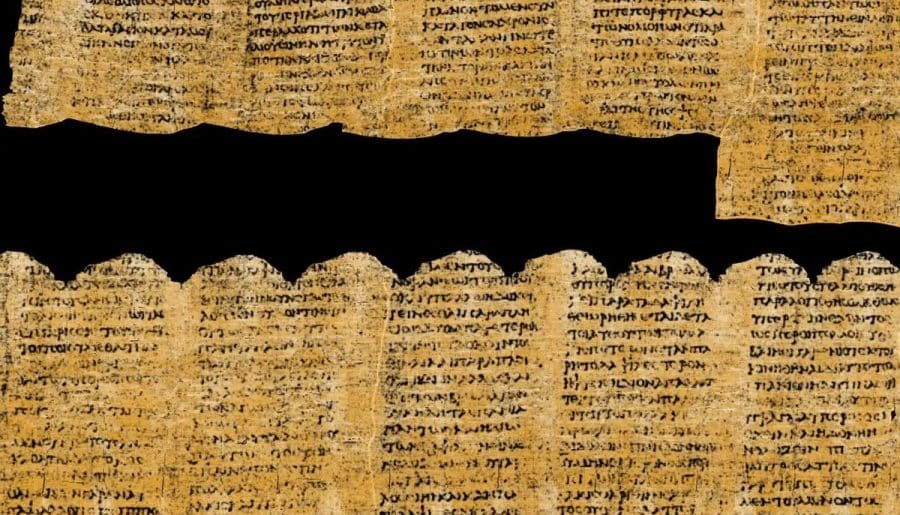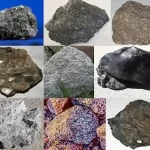The Herculaneum Papyri is considered one of the most important archaeological discoveries since it’s the only surviving library from the ancient world.
It was discovered in 1752 and contains a collection of Greek philosophical texts written on papyrus scrolls.
Over 1,800 papyrus scrolls were buried and burned for centuries under layers of volcanic ash and pumice from the catastrophic eruption of Mount Vesuvius in AD 79, about 2000 years ago.

The Herculaneum Papyri were found buried in a fancy villa that’s said to have belonged to a Roman senator named Lucius Calpurnius Piso Caesoninus. His daughter, Calpurnia, was married to Julius Caesar.
Deciphering these ancient scrolls is crucial to understanding old Greek and Roman life, literature, philosophy, and science.
However, the Herculaneum scrolls’ burnt condition makes them difficult to read without damaging them. The writing on the surviving pieces is also unreadable to the naked eye.
For centuries, scholars have tried to decipher the delicate, charred scrolls. However, their efforts have only resulted in their destruction, as the scrolls crumble when unrolled.

Out of 1800 ancient scrolls, over 600 are completely intact, and rolled scrolls remain sealed.
For 272 years, the secrets of the Herculaneum scrolls remained unknown, and scholars believed the philosophical texts were lost forever. However, AI technology has helped change that.
Three students have been awarded $700,000 for their work in using AI to decipher the 2,000-year-old Herculaneum scroll.
They were Luke Farritor, a student at the University of Nebraska-Lincoln, and former SpaceX intern; Youssef Nader, an Egyptian Ph.D. student in Berlin; and Julian Schilliger, a Swiss robotics student in Zurich.
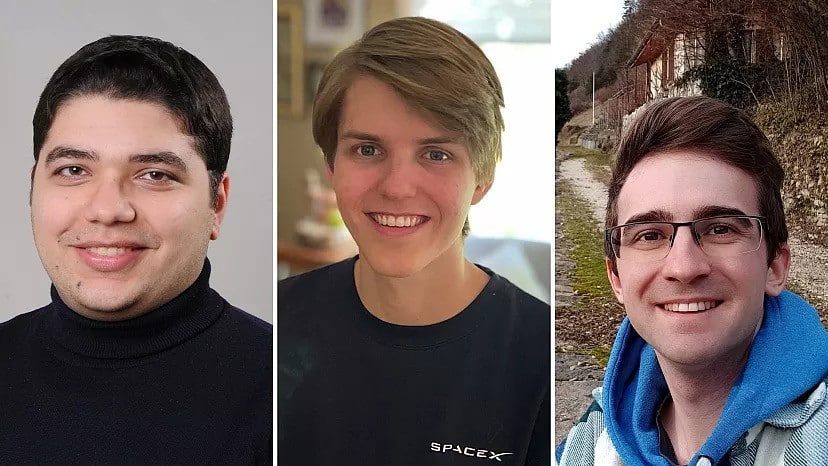
They participated in the Vesuvius Challenge, launched in 2023 by Brent Seales, a computer scientist at the University of Kentucky, and Silicon Valley supporters.
The contest offered a prize fund of over $1 million and a top prize of $850,000 for those who could successfully decode 5% of one of the papyri scrolls.
The team won the $700,000 grand prize after combining AI and 3D mapping to translate letter shapes in a small section of the scroll. They managed to read 15 passages (more than 2,000 Greek letters) from the scroll, which helped them secure the prize.

Image Credit: EDUCELAB
The team used “virtual unwrapping” to reveal the text on a rolled-up scroll belonging to the Institut de France.
The method involved X-ray technology to scan the burnt, still-rolled papyrus and detect the ink on the page using advanced AI.
The researchers then discovered the Greek letters. Afterwards, expert papyrologists from England, France, and Italy were called to examine the text.
What the scroll said
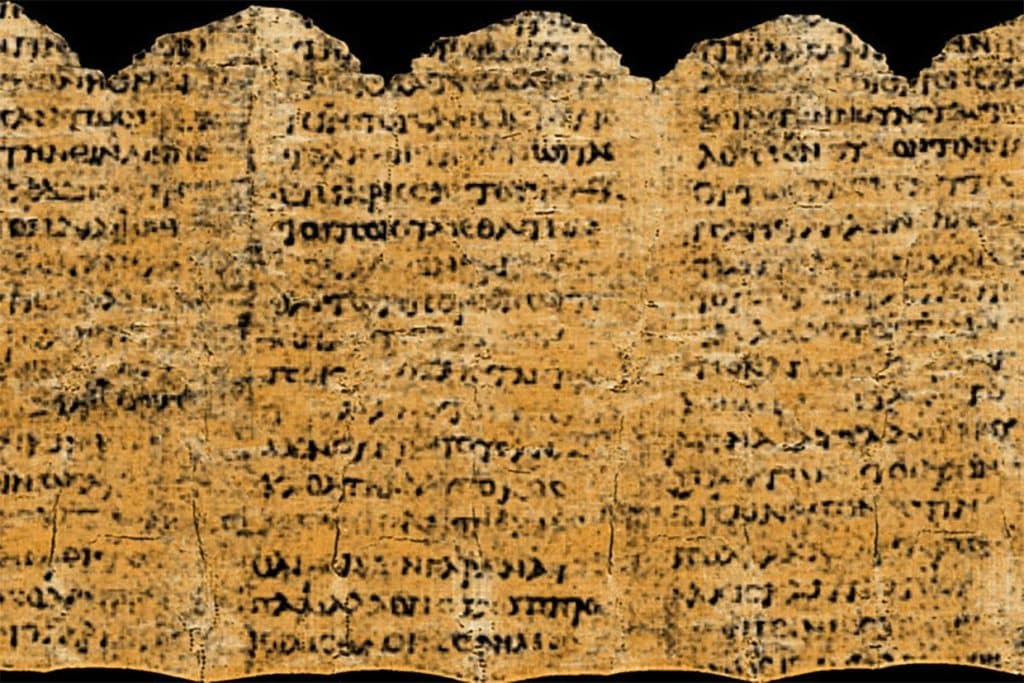
The initial readings of the scroll suggest the piece of writing talks about the joy of eating and listening to music from a philosophical perspective.
In one section of the text, the author considers how the quantity of food and music could affect their enjoyment.
“In the case of food, we do not right away believe things that are scarce to be absolutely more pleasant than those which are abundant,” the author writes.
Experts who study ancient documents believe that the person who wrote the text might be Philodemus.
Philodemus is an Epicurean philosopher and poet who followed the teachings of Epicurus, a Greek philosopher who believed that pleasure was the most important thing in life.
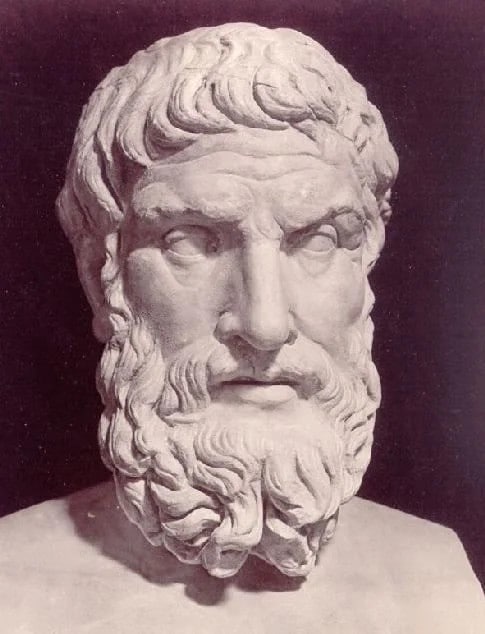
An initial analysis has also verified that the written material was not replicated, confirming that it has remained unread since AD 79.
Tobias Reinhardt, a professor of ancient philosophy and Latin literature at the University of Oxford, said, “The idea that you are reading a text that was last unrolled on someone’s desk 1,900 years ago is unbelievable.”
Experts hope to decipher an entire scroll this year and pave the way for reading the already excavated ones.
Moreover, a new grand prize contest is introduced, which aims to discover at least 90% of all four scrolls, with a cash prize of $100,000 for the winning team.
Scientists are also working towards automating the process of tracing the surface of the papyrus inside each scroll and enhancing the detection of ink on the most damaged parts.
